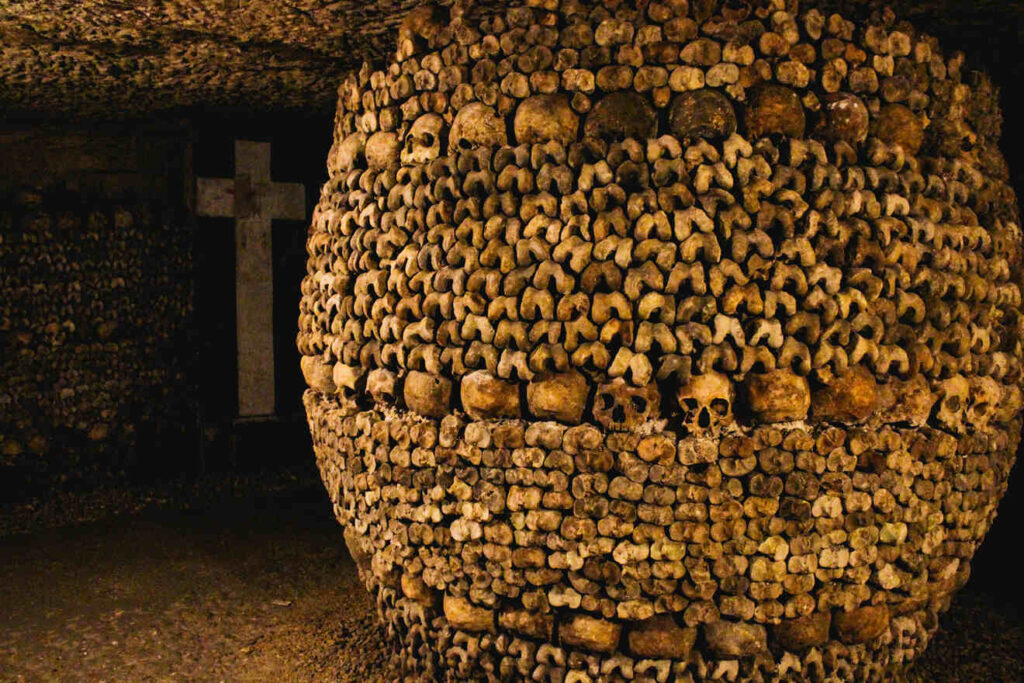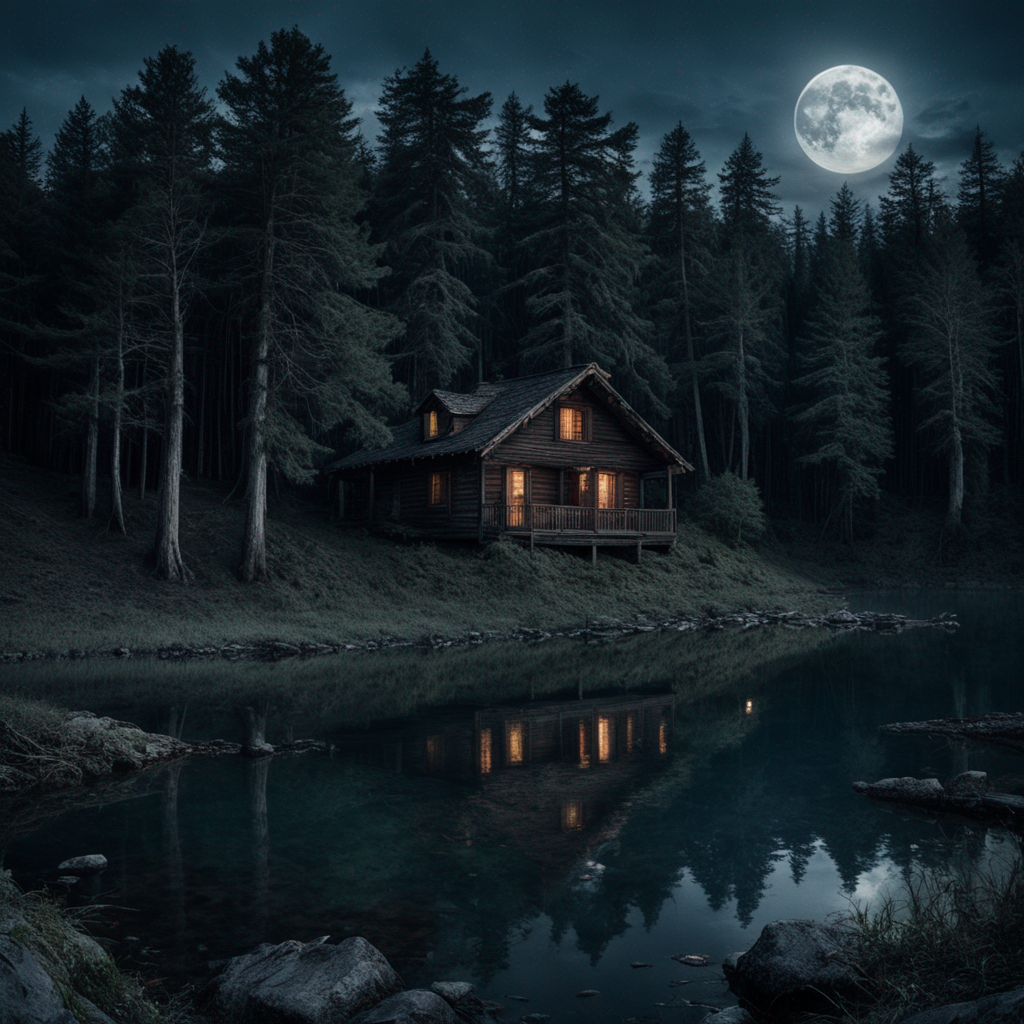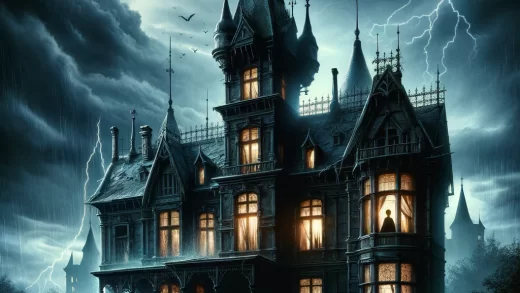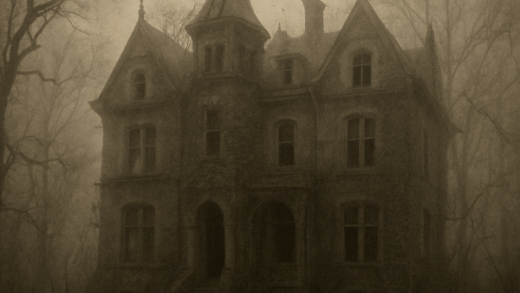Unveiling the Secrets Beneath the City of Lights
Beneath the vibrant streets of Paris lies a realm that starkly contrasts the city’s aboveground splendor. The Catacombs of Paris, an extensive network of underground ossuaries, hold a mysterious allure, marked by history, art, and the echoes of mortality. This post delves into the depths of these catacombs, uncovering the stories and secrets that rest within their silent walls.

The Origin Story: In the late 18th century, Paris faced a critical public health crisis due to overcrowded cemeteries. The solution was as innovative as it was macabre – transferring remains to underground tunnels that were once stone mines. This marked the beginning of the Catacombs, which now house the remains of an estimated six million people.
A Labyrinth of Bones: The sheer number of skulls and bones lining the walls of the Catacombs is a profound visual reminder of our shared human fate. Each neatly arranged skull and intricately stacked bone carries an untold story, a silent witness to Paris’s past.
Mysterious Markings and Inscriptions: The Catacombs are home to various inscriptions and markings, including Roman numerals. These numerals often indicate dates when the bones were moved or identify different sections of the tunnels. They serve as a historical record, etched into the subterranean landscape.
Legends and Lore: The Catacombs are shrouded in legends and ghost stories. Tales of unexplained noises, ghostly apparitions, and people getting lost in this labyrinth contribute to its eerie reputation. The most famous story is perhaps that of Philibert Aspairt, who allegedly got lost and whose body was found years later.
A Hidden Cinema and Clandestine Activities: In 2004, a fully equipped cinema was discovered in one of the caverns, its purpose and origins still a mystery. The Catacombs have also been a site for illegal explorations and secret gatherings, adding to their allure and enigmatic nature.

An Artistic and Psychological Journey: The arrangement of bones in the Catacombs is not just functional but artistic, reflecting attitudes towards death. This place also challenges visitors to confront deep psychological reflections on life, death, and what lies beyond.
Tourism and Preservation Challenges: As a popular tourist attraction, the Catacombs face the challenge of balancing public access with conservation efforts. This aspect raises questions about the ethics of dark tourism and the preservation of historical sites.
Conclusion: The Catacombs of Paris offer a journey through time, art, and the depths of human history. They remind us of the transient nature of life and the timeless stories that we leave behind. As a site of historical significance and macabre beauty, the Catacombs continue to fascinate and haunt those who venture into their depths.







